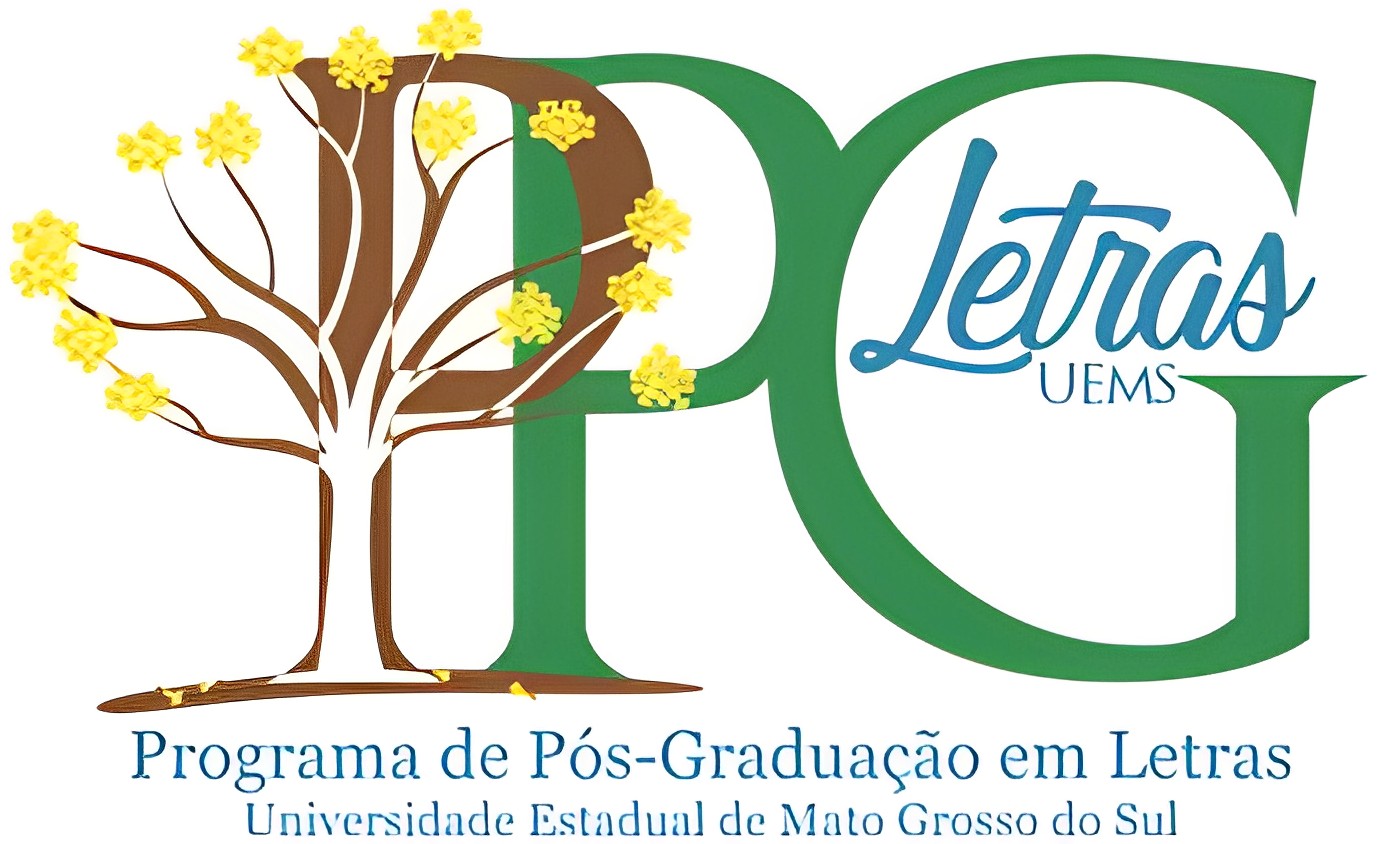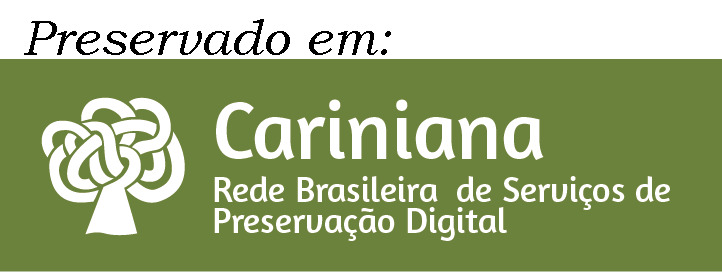The Great Gatsby and its Allegorical Meaning
Keywords:
Allegory, The Great Gatsby, American DreamAbstract
This article seeks to analyze the novel The Great Gatsby (1925) as a narrative and iconographic representation of the American Dream. The first part of the article highlights the concept of allegory presented by Walter Benjamin in describing the engraving Angelus Novus (1920) in which he associates iconography and narrative. The concept will be tied to the novel as a key to reading and interpretation. In the novel, the American Dream associated with the desire for material goods is reconnected to a pastoral aura through the character Gatsby, idealized male projection. This aspect is going to be highlighted in the second part of the article. The conclusion resumes the resizing of the American Dream as a manifest allegory in atemporal space. Space, in the novel, is constructed as a system in which the belonging of characters to places determines their relations of power.References
BENJAMIN, Walter. Sobre o Conceito de História In: Magia e Técnica, arte e política. Obras Escolhidas I. Trad. Sérgio Paulo Rouanet. São Paulo: Brasiliense, 1985, p. 226.
BENJAMIN, Walter. The Origin of German Tragic Drama. Trad. John Osborne. London: NLB, 1977.
CAMPELLO, Eliane T. A. Anne Tyler’s Fragmentary Universe: An Allegorical Reading of Celestial Navigation. 1993, 215 f. Dissertation (Master Degree in Language Course) – Universidade Federal do Rio Grande do Sul, Porto Alegre,1993.
FINEMAN, Joel. The Structure of Allegorical Desire. In: GREENBLATT, Stephen J. (Org) Allegory and Representation. Baltimore: Johns Hopkins University Press, 1981. p. 26-59.
FITZGERALD, F. Scott. The Great Gatsby. New York: Scribner, 1925.
FLETCHER, Augus. Allegory: The Theory of a Symbolic Mode. Ithaca: Cornel University Press, 1964. p. 269; 279-303.
HANDLEY, William R. Marriage, Violence and the Nation in the American Literary West. New York: Cambridge University Press, 2002, p.1-22 and 159-190.
JAKOBSON, Roman; HALLE, Marris. (Eds.) The Metaphoric and Metonymic Poles.
Fundamentals of Language. Mountain: The Hague, 1971.
MIZENER, Arthur. F. Scott Fitzgerald: a collection of critical essays. Englewood Cliffs: Prentice-Hall. 1955, p. 174.
MURRAY, Patrick. Literary Criticism: a Glossary of Major Terms. New York: Longman, 1978.
VOGT, Loiva S. A Study of The Great Gatsby as a National Allegory. Porto Alegre. 2006. 104 p. Dissertation (Master Degree in Language Course) – Universidade Federal do Rio Grande do Sul, Porto Alegre, 2006.
Downloads
Published
How to Cite
Issue
Section
License
DECLARAÇÃO DE ORIGINALIDADE E EXCLUSIVIDADE E CESSÃO DE DIREITOS AUTORAIS
Declaro que o presente artigo é original e não foi submetido à publicação em qualquer outro periódico nacional ou internacional, quer seja em parte ou na íntegra. Declaro, ainda, que após publicado pela REVELL, ele jamais será submetido a outro periódico. Também tenho ciência que a submissão dos originais à REVELL - Revista de Estudos Literários da UEMS implica transferência dos direitos autorais da publicação digital. A não observância desse compromisso submeterá o infrator a sanções e penas previstas na Lei de Proteção de Direitos Autorais (nº 9610, de 19/02/98).




















